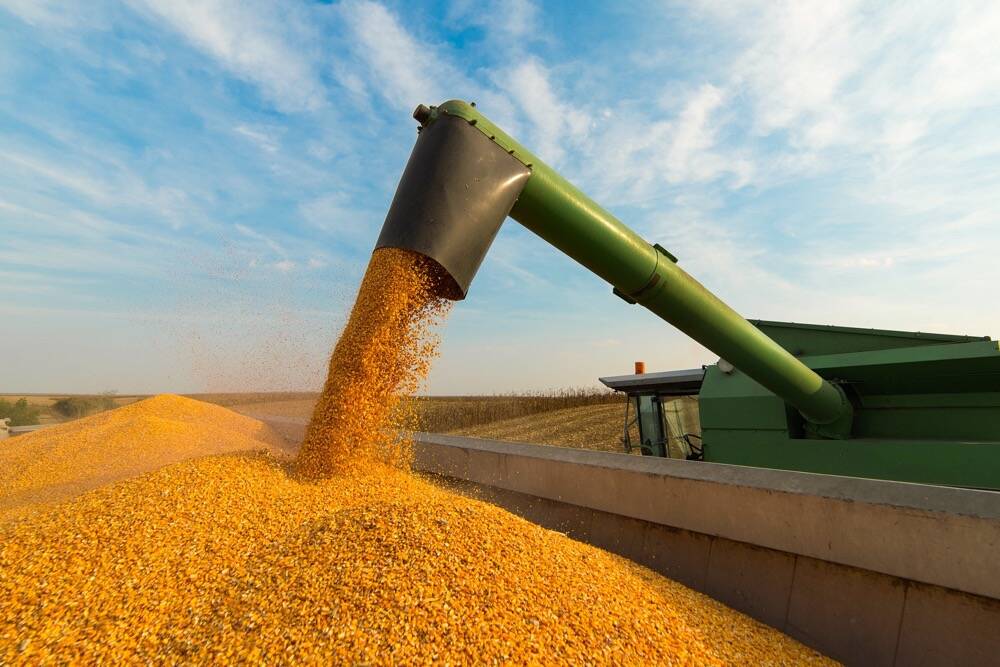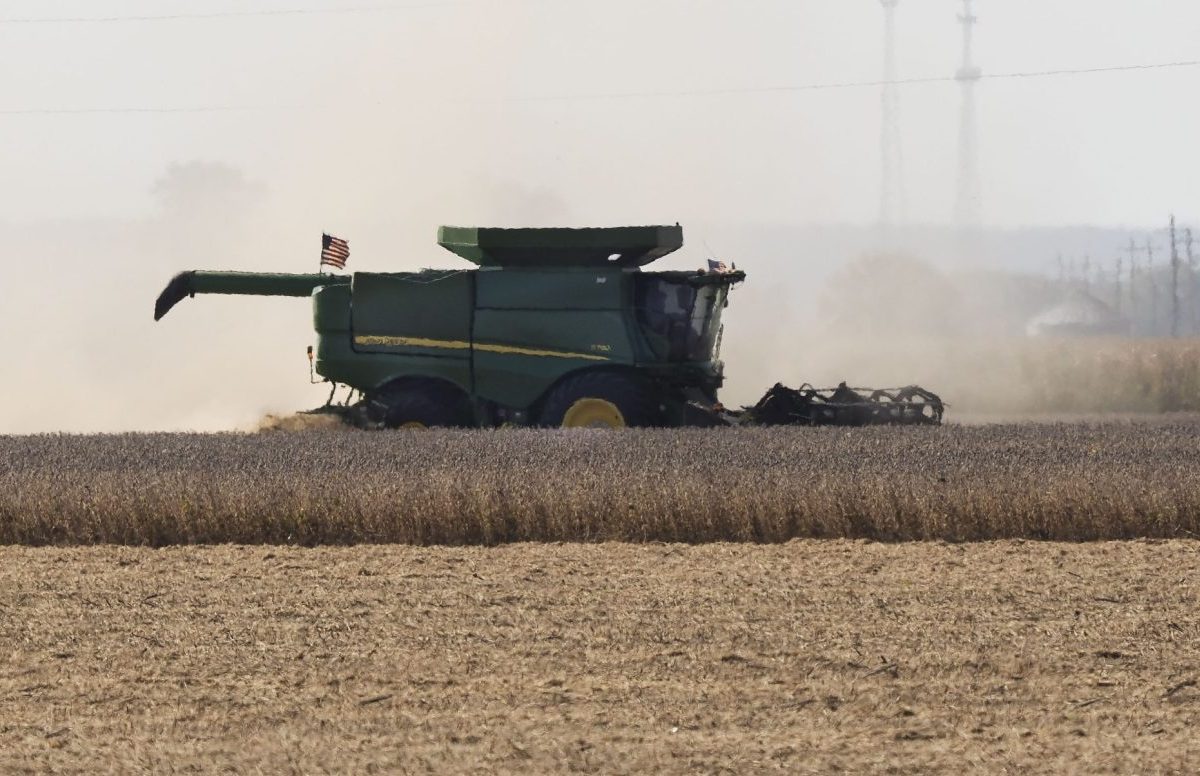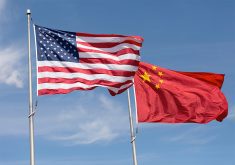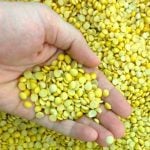U.S. agricultural imports now exceed exports and the deficit is expected to worsen, according to a study from the University of Illinois.
“For most of recent history, the U.S. was a net agricultural exporter. But in the last couple of years, that has reversed,” said lead author William Ridley in an Oct. 7 news release.
“Current projections estimate that the agricultural trade deficit will reach (US) $49 billion by the end of 2025.”
Read Also

Wet grain, Russian attacks on railways hit Ukrainian corn exports, union says
High grain moisture content and logistical woes caused by Russian attacks have slashed Ukraine’s corn exports from Black Sea ports in November and may do so again in December, farmers’ union UAC said on Tuesday.
Ridley is an associate professor in the University of Illinois department of agricultural and consumer economics. Department of Agricultural and Consumer Economics. He conducted the study with Stephen Devadoss, professor of agricultural and applied economics at Texas Tech University.
The study found the U.S. continues to be a major producer of commodities like corn, soybeans and cotton, but exports are stagnant or declining. Markets are shifting as trade conflicts create uncertainty and instability — case in point, ongoing trade disputes with China.
Exports to China collapse, then collapse again
From 2017 and 2018, a trade dispute resulted in U.S.-China soybean export values declining by 73 per cent, or US$9 billion (C$12.6 billion). Wheat exports fell by 67 per cent, or $431.7 million (C$604.3 million); and 61 per cent, or $92.6 million (C$129.6 million) for corn. All told, the U.S. lost some $14 billion in agricultural exports.
“The Phase One trade deal that was negotiated in 2020 briefly increased Chinese agricultural imports from the U.S., but trade quickly collapsed again,” the news release said. “China has effectively stopped buying soybeans, corn, cotton, and sorghum from the U.S., after finding trade partners elsewhere.”
This year, amidst a redoubled trade dispute, China has yet to book any of U.S. farmers’ new crop soybeans. The Trump administration has signalled it will support farmers.
Losing competitive edge
Meanwhile, the U.S. is also losing its competitive edge to other big grain producers like Brazil, Canada, Australia and Ukraine, the study found.
Ridley and Devadoss estimated the comparative advantage of major crop producing countries. This took into account factors like productivity growth, export and trade infrastructure and government support. While U.S. agricultural productivity has been relatively stable, other countries are catching up.
Brazil’s soybean production has rapidly evolved and it has “solidly” surpassed the U.S. as the top exporter of soybeans. China, for instance, has increasingly opted to buy the oilseed from Brazil and other South American countries.
“U.S. row crop exports are trending in a negative direction, and forecasts predict the downward trend will continue,” Ridley said. “Producers may look to other markets, but there’s only one China, and they’re not coming back tomorrow. Even if you pulled these tariffs back right now, sales would not resume. And other markets have barriers to trade; for example, the EU has tight restrictions on imports of genetically modified crops.”
















